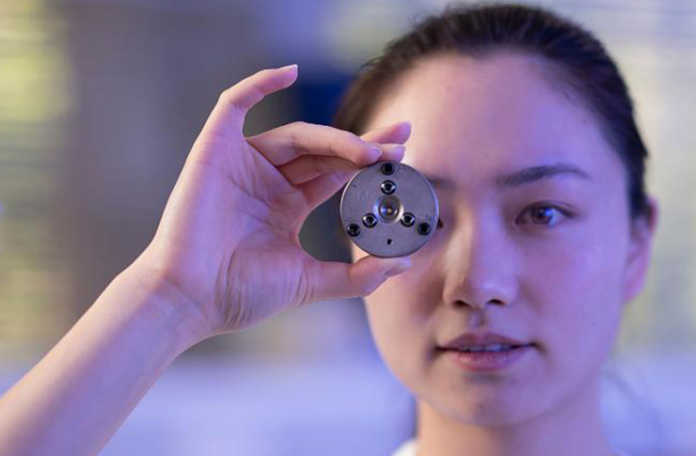Scientists in Australia say they have sped up the process into just a matter of minutes — and at room temperature.
An international team of researchers led by the Australian National University (ANU) and RMIT University in Melbourne, Australia said Wednesday they have created two types of diamonds at room temperature by using high pressure equivalent to 640 African elephants.
one similar to those typically worn in jewellery, and another type called Lonsdaleite, which is found naturally at the site of meteorite impacts and is harder than most diamonds.
Synthetic diamonds are not themselves new and have already been created in labs since the 1940s in a bid to find cheaper, ethical and environmentally friendly stones.
But researchers were excited to create such diamonds at room temperature, especially the harder Lonsdaleite diamond, which has the potential to be used to cut through “ultra-solid” materials on mining sites, they said.
“Creating more of this rare but super-useful diamond is the long-term aim of this work,” said Xingshuo Huang, an ANU scholar working on the project. “Being able to make two types of diamonds at room temperature was exciting to achieve for the first time in our lab.”
Lab-grown diamonds are usually created by carbon being subjected to intense heat.
A huge twist of events
To form the diamonds, researchers applied immense pressure to create a “twisting or sliding force” that they believe caused the carbon atoms to move into place, said Jodie Bradby, a physics professor at ANU.
“Natural diamonds are usually formed over billions of years, about 150 kilometres (about 93 miles) deep in the Earth where there are high pressures and temperatures above 1,000 degrees Celsius (1,832 degrees Fahrenheit),” she said. “The twist in the story is how we apply the pressure.”
Dougal McCulloch, a physics professor at RMIT who co-led the research, and his team then used advanced electron microscopy techniques to take slices from the experimental samples to better understand how they were formed.
When the team studied the samples they found veins of both regular and the Lonsdaleite diamonds running through.
“Seeing these little ‘rivers’ of Lonsdaleite and regular diamond for the first time was just amazing and really helps us understand how they might form,” McCulloch said.
Researchers from The University of Sydney and Oak Ridge National Laboratory, in Tennessee, US were also involved in the research.
Source: CNN
![]()








